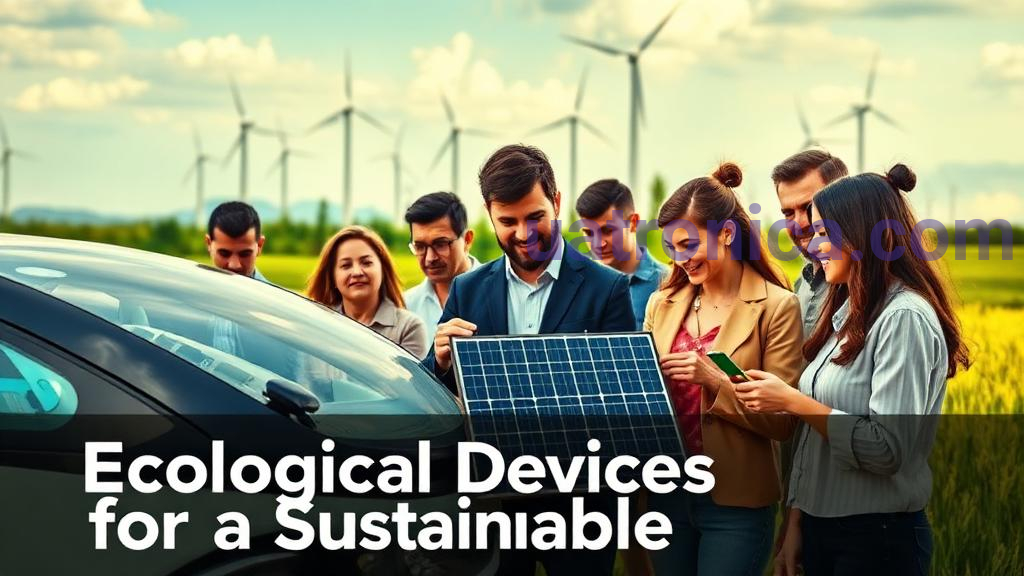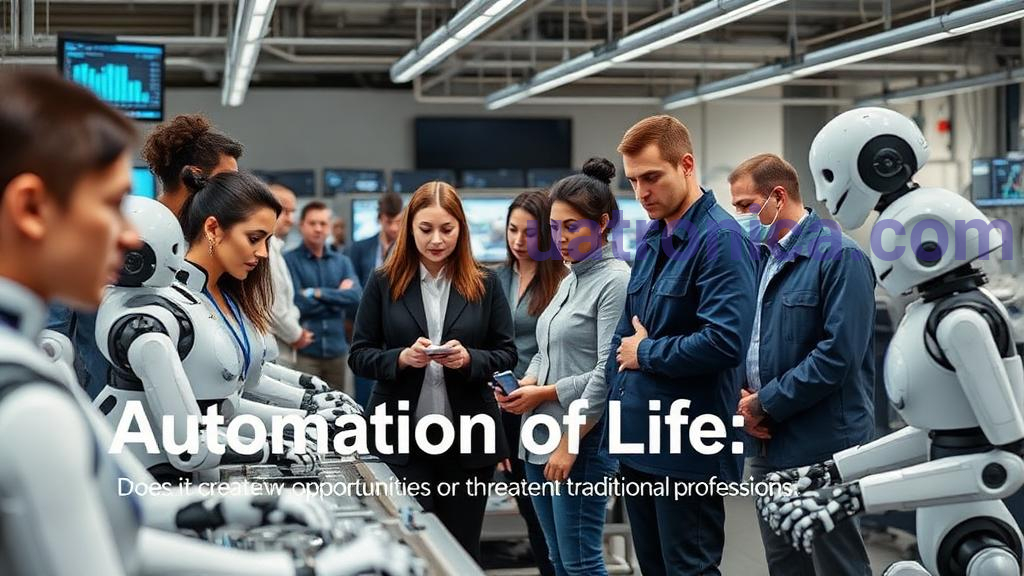Introduction
Smart cities technologies are gradually changing the face of urban conditions, introducing innovative solutions to improve the quality of life. Unlike traditional cities, smart cities integrate information and communication technologies into their infrastructure, which allows for improved management efficiency, energy efficiency and community safety. This article aims to review key aspects of topics related to smart cities, their technologies, and the impact on the lives of residents.
Smart Cities Basics
Definition and key components of smart cities
Smart cities are a concept that encompasses a wide range of technologies and services aimed at improving the urban environment. The main components are:
- Infrastructure, including communication networks and energy systems;
- Services for the population, such as energy conservation, waste management and transportation;
- Economic aspects, which include employment growth and attractiveness for business;
- Social responsibility, which includes access to services and inclusion for all segments of the population.
History of the concept development
Smart cities began to take shape in the mid-20th century, but significant development took place only in the 21st century. Responding to global challenges such as urbanization and population growth, many cities around the world have begun implementing smart city projects based on the latest technologies. These projects often include:
- Design of intelligent transportation systems;
- Environmentally friendly energy;
- Systems for monitoring the daily lives of residents.
Technologies Shaping Smart Cities
Intelligent control systems
One of the key technologies in the formation of smart cities is intelligent management systems. These systems provide data collection and analysis, which allows for operational management and forecasting of the needs of cities. In particular:

- Monitoring systems that collect information on traffic flows and environmental conditions;
- Traffic flow management, which helps reduce congestion and improve air quality.
Many cities, such as Shanghai and Barcelona, are already using these technologies to improve city management.
Innovation in infrastructure
Smart cities also actively use infrastructure innovations, in particular Internet of Things (IoT) technologies, which provide integration between different components of the urban environment. Such technologies allow for the creation of intelligent resource management systems, monitoring the condition of infrastructure and energy consumption. This includes:
- Sensors for traffic monitoring;
- Energy-saving technologies in lighting, heating and power systems;
- Waste collection systems using IoT to optimize garbage truck routes.
The Impact of Smart Cities on Citizens' Lives
Benefits for residents
Smart city technologies offer residents numerous benefits, including:
- Increased security through the use of intelligent surveillance systems;
- Improving access to public services such as healthcare and education;
- Convenience in travel through smart transportation systems.
These aspects not only improve the quality of life, but also affect the economic development of cities. For example, Brookings study confirms that optimizing transport infrastructure can reduce transportation costs.
Challenges and risks
However, there are challenges and risks on the path to creating smart cities. Key issues include:

- Data privacy and security issues, as data collections can be vulnerable to abuse;
- Social inequality, where not all residents can access new technologies;
- Coordination between various technology providers and city administrations.
The Future of Smart Cities: Prospects and Trends
Trends in technology development
Looking to the future of smart cities, there are several key trends to note. Among them:
- Integration of artificial intelligence into all areas of city management;
- Using big data to analyze urban processes and make decisions;
- Emphasis on environmental initiatives to ensure sustainable development.
Strategic directions for cities
Cities should develop strategic directions for development, including:
- Creating common standards for smart cities, which will facilitate the integration of different systems;
- Cooperation between the public and private sectors to implement innovative projects;
- Development of educational programs to increase the digital literacy of the population.
Conclusion
Smart city technologies are an important element in the transformation of modern urban infrastructure, offering new opportunities for development and improvement of the living environment. In Ukraine, observing international examples, it is important to develop appropriate strategies for the implementation of smart city projects. For example, investments in technology and education for the population can significantly affect the success of these initiatives. The market of electronic components is also observing these transformations, where technologies such as sensors or IoT devices are becoming increasingly popular.
Using examples such as, for example, value sensor, or Vishay electronic component, we can confidently state that smart city technologies are capable of realizing new horizontal opportunities to ensure reliable growth in the quality of life in conditions of rapid urbanization. Contact the online store Uatronica to receive the latest news and solutions in the electronics industry.




















